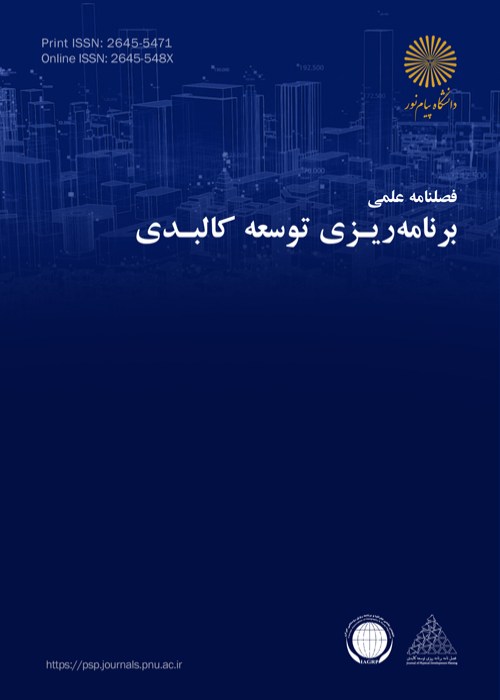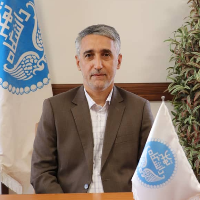Analysis of factors and processes affecting the formulation of spatial policy-making of physical development in Iran’s rural areas
Iran’s rural sector faces many problems in terms of ecological, physical, economic and social dimensions. These problems lead to the situation in which villages become places for high-income urban groups, physical unrest, land use change, and a lack of attention to the process of developing policies and programs against their products and outcomes. As a result, the future of physical development in rural areas faces a serious challenge. The aim of the present study was to analyze the current situation in the framework of developing a spatial policy for the sustainable physical development of rural areas of the country. In this regard, both the content of rural development policies and the process of formulating these policies and the role of effective factors in it have been examined. The method of obtaining cognition in this research is qualitative, which is divided into two
1- method of analysis of directional qualitative content; and 2 - Grand Theory. The results show that the existing spatial policy development framework for sustainable physical development of rural areas in Iran consists of policy factors, policy processes and policy content. Important factors such as the lack of general policies of the political system in rural development, centralism and the marginal position of rural society at the national level affect the framework of spatial policy development. Also, current policy processes, following the factors, have several challenges that include sectoral and centralized policies, as well as the lack of coherence and coordination of agencies in the development of programs. Therefore, solving these challenges requires reforming processes and institutions instead of expanding administrative organization, integrating agricultural and rural development policies, and ultimately creating and strengthening clusters, systems, and networks. Analysis of the qualitative content of the documents showed that the factors of planning, budgeting and formulation of national sustainable development strategy, the need for coordination of sectors and communication of different national and local levels as well as economic dimension, infrastructure-physical dimension have the greatest role and influence in developing spatial development policy of rural areas.
- حق عضویت دریافتی صرف حمایت از نشریات عضو و نگهداری، تکمیل و توسعه مگیران میشود.
- پرداخت حق اشتراک و دانلود مقالات اجازه بازنشر آن در سایر رسانههای چاپی و دیجیتال را به کاربر نمیدهد.




